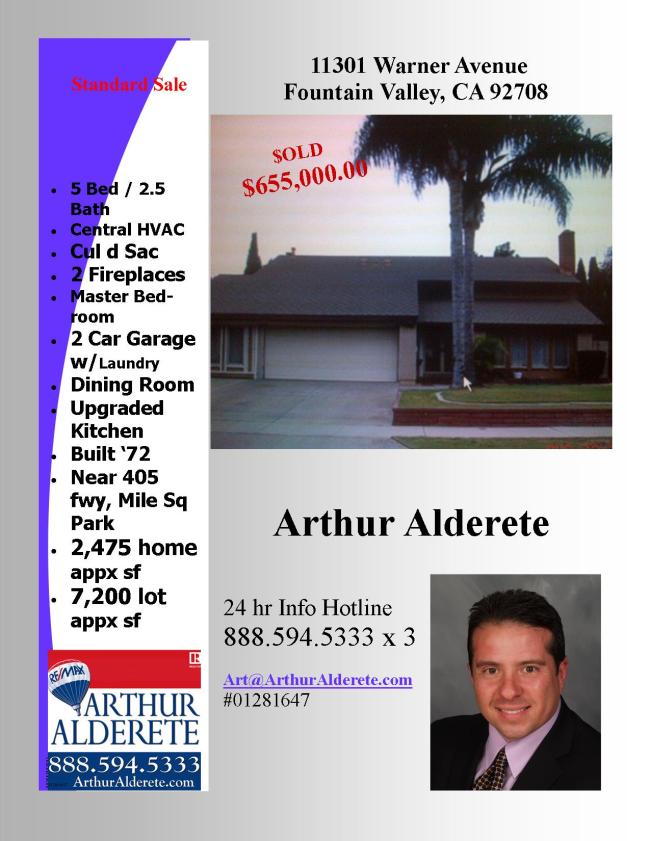“Are those cars out in the water?” beach commentator Dave Stanfield exclaimed over the microphone, directing thousands of beachgoers to the odd sight in the ocean just past the end of the Huntington Beach Pier.
Three Fiat jet skis make their way across the waters of Huntington Beach during a surfing heat Saturday morning in the first day of the US Open of Surfing. Fiat, a new sponsor for the event, made their presence known with the three imitation vehicles cruising around the water. Guests are also able to sign up for a raffle to win a Fiat 500L.
KEVIN LARA, ORANGE COUNTY REGISTER
The promotional stunt for the Italian carmaker did exactly what executives were hoping: People on the sand forgot about the surfers in the water for a few minutes and snapped photos and videos of the “vehicles” (actually, car shells wrapped around jet skis).
Jason Stoicevich, head of Fiat brand North America, had people coming up to him asking: Do Fiats really work in the water? Just to be clear, they do not, he said. But the water-borne cars – also seen in TV ads showcasing the brand’s arrival in America – were just one aspect to Fiat’s sponsorship of this year’s big surf event.
The Vans U.S. Open of Surfing – the world’s largest surf festival and contest – brings about 1 million beachgoers to the sand during a nine-day run that ends Sunday. While much attention is given to the gathering of the globe’s best surfers, there’s no ignoring the big business generated by the event for everyone from corporate brands to local businesses, which see a mass influx of visitors to the Huntington Beach downtown area.
A 2010 economic impact study conducted by the Huntington Beach Marketing and Visitors Bureau estimated that $21.5 million was spent in Orange County during that year’s U.S. Open (the latest for which data are available), $17 million of it in Surf City.
About 500,000 people attended the event in 2010. With nearly double the amount of people showing up in years since then – and with the economy rebounding and consumers feeling more buoyant – the monetary impact this time could be far higher.
Christmas in July
For Jack’s Surfboard owner Ron Abdel, it’s like Christmas smack dab in the middle of summer.
Abdel started stocking the shelves with Vans U.S. Open of Surfing souvenir shirts as early as July 4. Even before the actual surf contest started, he had to reorder more shirts from Vans. He hopes to sell about 30,000 t-shirts, both from the retail store and a booth in front of his store.
In the nine days during the U.S. Open, the store could do about 20 to 25 percent of its entire year’s sales. Abdel has added 10 extra employees for the store, which sits on Main Street and Pacific Coast Highway, as well as shifting employees from other stores to help at the booth outside. “We’re doing really well,” he said.
Vans General Manager for North America Doug Palladini said he was surprised by the potential for merchandising around the U.S. Open. A 6,400-square-foot pop-up store selling Vans goods sits on the sand, as do several smaller booths set up around the site. In the store, sales people are armed with iPads to help with transactions when the lines get too long.
“We (built) a retail monstrosity on the beach,” Palladini said. “The appetite for an event T-shirt seems to be absolutely insatiable. You would think among O.C. consumers, they have a decent T-shirt collection. Apparently not. It is a massive business, it’s crazy.”
Local hotels have been booked for months. “It is the one week of the year when we don’t get any sleep,” said Paul Frechette, general manager of the Shorebreak Hotel, which sits along Pacific Coast Highway with a view of the ocean and pier. “The U.S. Open finances all the hotels for months because it does so well.”
The surf-inspired boutique hotel popped up four years ago and is the go-to place to stay for some of the famous athletes and fans who come to town for the event. It was all booked up two or three months ago, though it kept a few rooms open for CEOs and athletes who arrive at the last minute. Last year, Frechette’s crew put a sand bucket in each room, with a shovel, custom U.S. Open surf wax, sunscreen and a beach towel. This year, they’re printing out photos of all the surfer contestants and placing them in rooms. If that surfer wins the event, the people staying in the room are entered in a drawing for a free weekend at the hotel.
Day trippers
Of the $21.5 million that the 2010 report estimated was spent in the county, $16.6 million went to lodging and retail sales, generating $612,000 in Orange County taxes. In Huntington, spending reached $13.2 million, raising $475,465 in taxes.
The study showed that attendees spent an overall average $43.45 per day. That per-capita figure is depressed a bit by the relative youth of the crowd, said Jerry Wheeler, chief executive of the Huntington Beach Chamber of Commerce.
“When you think a couple hundred thousand people in the course of a weekend – my gosh, that’s a lot of people,” said Wheeler. “A lot are day trippers, but a lot are overnight stays.”
The business benefits for the city extend beyond dollars spent, said Steve Bone, president and CEO of the Huntington Beach Marketing and Visitors Bureau. It’s also about branding.
When Bone goes to national conferences, other marketing officials tell him how jealous they are of the national press the U.S. Open generates. He recalled a few years ago when his father called after seeing a photo in his small Illinois paper of Kelly Slater shooting the Huntington pier.
“It absolutely confirms the branding of Huntington Beach as Surf City USA,” he said.
An advertising bonanza
Stroll on the wooden planks along the beach, and you can’t miss the advertisements.
There’s no mistake about who is this year’s title sponsor, with building-size banners and flags screaming “Vans” scattered throughout the 14-acre city on the sand. Other sponsors include Red Bull, which has a lounge where people can hang and sip energy drinks. Nearby, McDonalds’ booth hosts wacky smoothie-drinking contests.
“This is a great opportunity for us to really deal with a large population,” says Vans’ Palladini. “There’s not another opportunity like this in surfing and skating.”
That reflects to some degree an opening up of branding opportunities. In past years, title sponsor Nike shut out any competing brands.
The surfers themselves are walking billboards, with stickers from various surf brands adorning their boards.
Bob Davis, co-owner of Carrozza Surfboards, jumped on the chance to have a booth on the sand. Carrozza launched about a year ago; it sells boards out of a local shaping room and its website, but not through other stores. The company sees the U.S. Open as a perfect way to get the word out. Carrozza is also making ding repairs for all of the pro surfers’ boards.
“It’s going to be huge for us, because we don’t have boards in shops,” Davis said. “We get to shake hands with a lot of the best guys out there, and maybe slide them a business card if the opportunity presents itself.”
Carrozza also teamed up with Fiat to have surfboards set next to the model cars on the sand. Fiat is showcasing its adventure model 500 L, as well as a new electric model that just hit stores this week and has a long waiting list.
California is Fiat’s No. 1 market in the U.S., with about 20 percent of nationwide sales. Stoicevich said the surf community is full of the trend setters and early adopters the car company wants to attract.
“It’s just the perfect tie-in,” he said.










